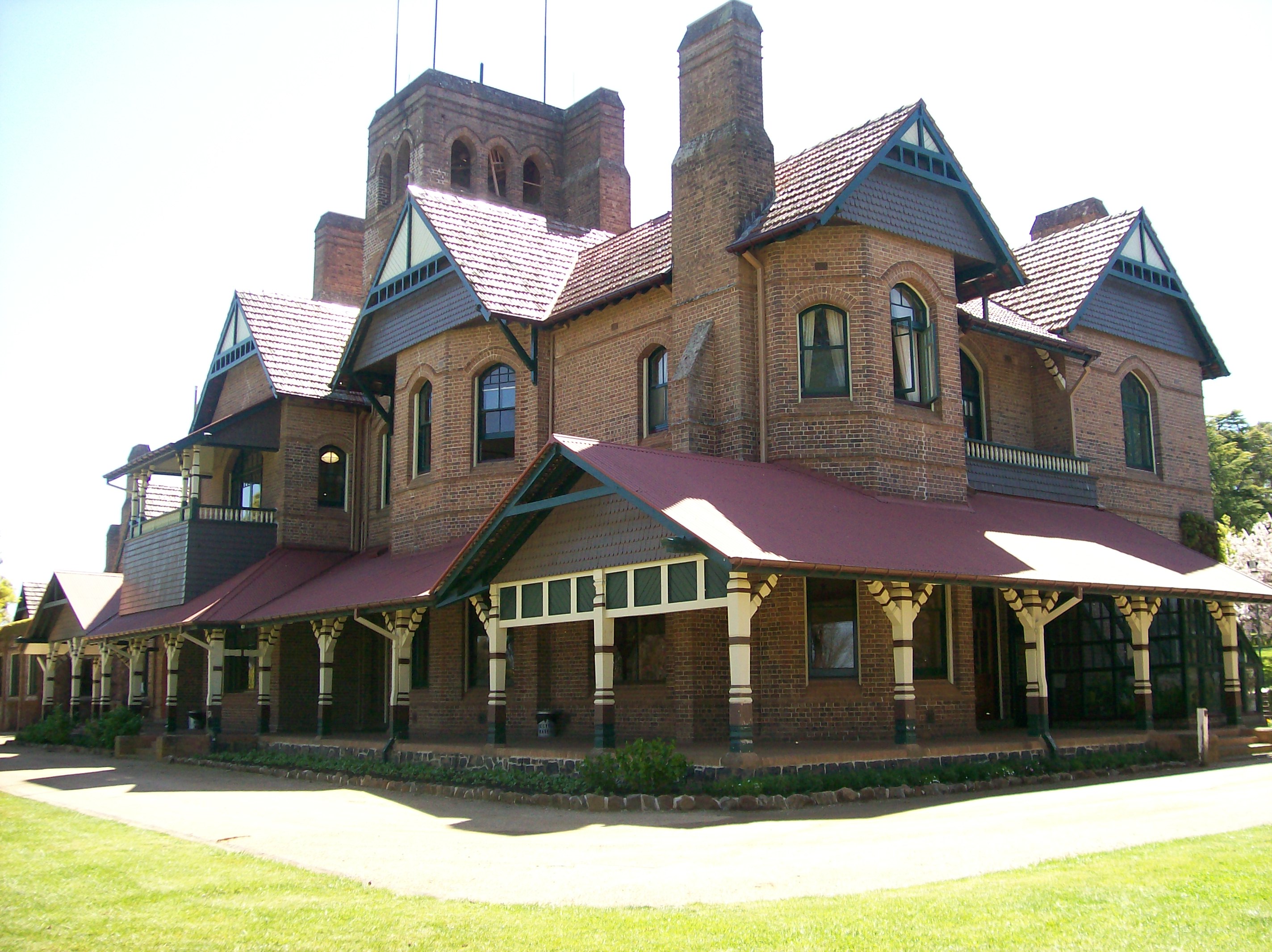A great book which candidly states this fact was written in 1960 by Robin Boyd. The Australian Ugliness.
Wherever you live there is something to learn about design in this book. Track it down if you can.
Here are some of my favorite quotes:
“Australians now were more prepared even than Americans to allow anyone with something to sell to take control of the appearance of their country.” P46
“The worst anxiety is usually at the promotional level, but soon it transfers itself along the line through architect, industrial designer, muralist, interior decorator, typographer – everyone feeling his duty to create a feature, no one unanxious enough to make a plain statement of fact.” P68
“Surfers’ Paradise. It is a musical comedy of modern Australia come to life.” P85
“He does not care that the only thing of any meaning in art, the only creation, ultimately the only satisfaction in life, lies in understanding himself and making decisions accordingly.” P90
“And there is the basic objection to Featurism: a moral objection. No matter how successful it may be in pleasing the passing eye, no matter if it pleases to the extent of being judged beautiful, the entirely superficial, frivolous appeal of a Featurist object can never assist human awareness, wisdom and understanding. It is for this reason alone as degrading to human nature as it is to art.” P138-139



